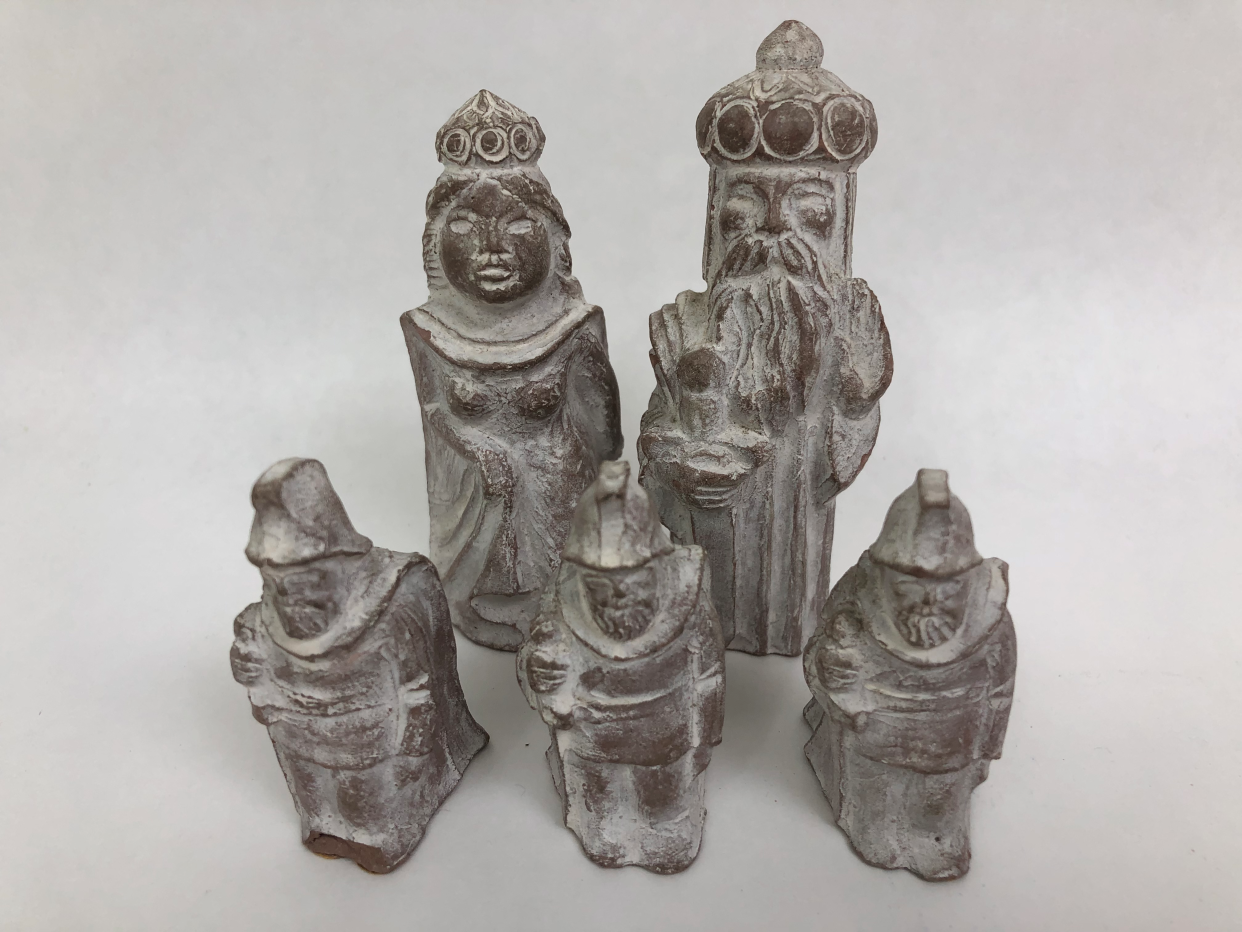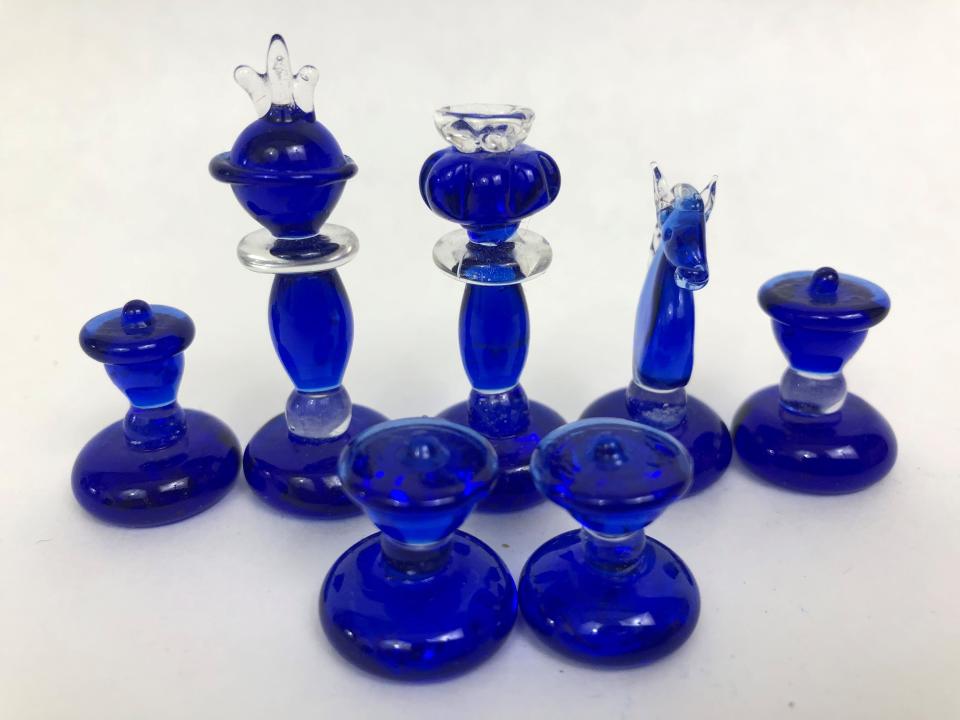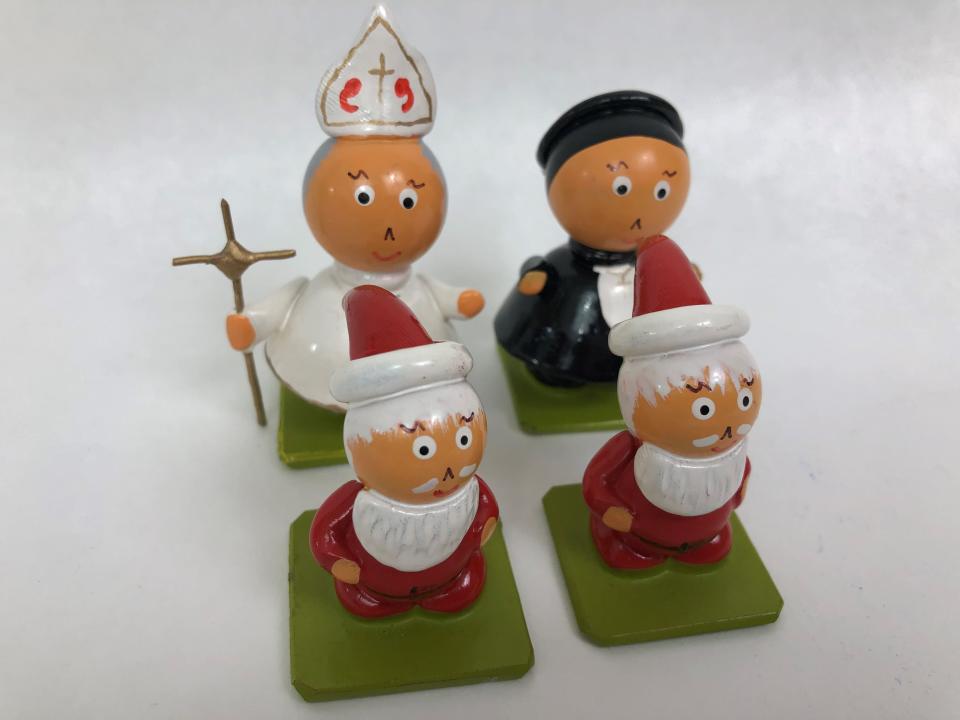Antiques: There's no chess without the pieces

After all that turkey and eggnog these past few days, you might be like me: sitting around and barely able to move.
The gifts have been opened, the fireplace lit, and you're now bickering with family as to what to do next. For more than a few of us, it's time for the board games to emerge from the closet and fill in what little vacation time we have left. And if there's one universal board game recognized around the world and to which some people devote their entire lives, it is chess.
Unfortunately, this column won't make you a grandmaster but you might perk up a little more the next time the subject comes up.
Here's some history.
The game of chess goes back some 1500 years, but not the name. Before chess was called chess, it was known as chaturanga and began in India as a tabletop game of war between two players. The supreme piece on the board wasn't a king but rather a ferz, advisor to the king. The game's popularity soon spread to Europe where the pieces were then recast.
The queen replaced the ferz as the board's premier character but retained its sluggish ability to maneuver. It wasn't until the 16th century that the queen, along with the bishop, gained the power to cross the board in a single move. As earlier contests would go on for hours, these changes helped speed up the game considerably.
With the rules now codified and the game streamlined, chess crossed the pond to the New World where it enchanted no less an American luminary than Benjamin Franklin. His 1750 book The Morals of Chess celebrated the game for both its intellectual rigor and ability to impart tactical thinking. As something of a rake, Franklin was also known to prefer lovely female opponents seated across the board.

The game received further exposure two centuries later with the founding of the United States Chess Championship in 1845 and the emergence shortly thereafter of Paul Morphy, the Bobby Fischer of his day. Just prior to the Civil War, Morphy traveled to Europe where he roundly thumped its leading players. Years later he went mad, a malady that seems regrettably common to a lot of chess enthusiasts.
As for the chess pieces themselves, their size, scope, and value have become virtually limitless. Original pieces from India were modeled on elements of their army: the pawn a foot soldier, the rook a chariot driver, the knight a cavalry trooper, the bishop a clergyman, etc. As the game evolved over time, the pieces took on new values and power.
Over the years, chess pieces have been made out of every conceivable material, from clay to wood, glass to porcelain, silver to gold.
Today's Pearl Royale Chess Set with its solid 18k gold characters inset with 500 carats of diamonds, sapphires, and pearls will set you back a cool $4 million. If your holiday money was enough to cover that tab, give me a call. I'd be happy to spot you a game or two.
If not, there are still plenty of chess sets to be had for a fraction of that number. Gift and game stores, online sellers, and galleries like ours often have themed chess sets that pander to a wide variety of interests. Boards too can be elaborately decorated, some with squares made from exotic woods or semi-precious stones.

Insofar as the new year is looming, pulling out the chess set might be a good way to get those synapses firing again. You can't let all that eggnog just clog up your head.
This article originally appeared on Palm Springs Desert Sun: Antiques: There's no chess without the pieces

